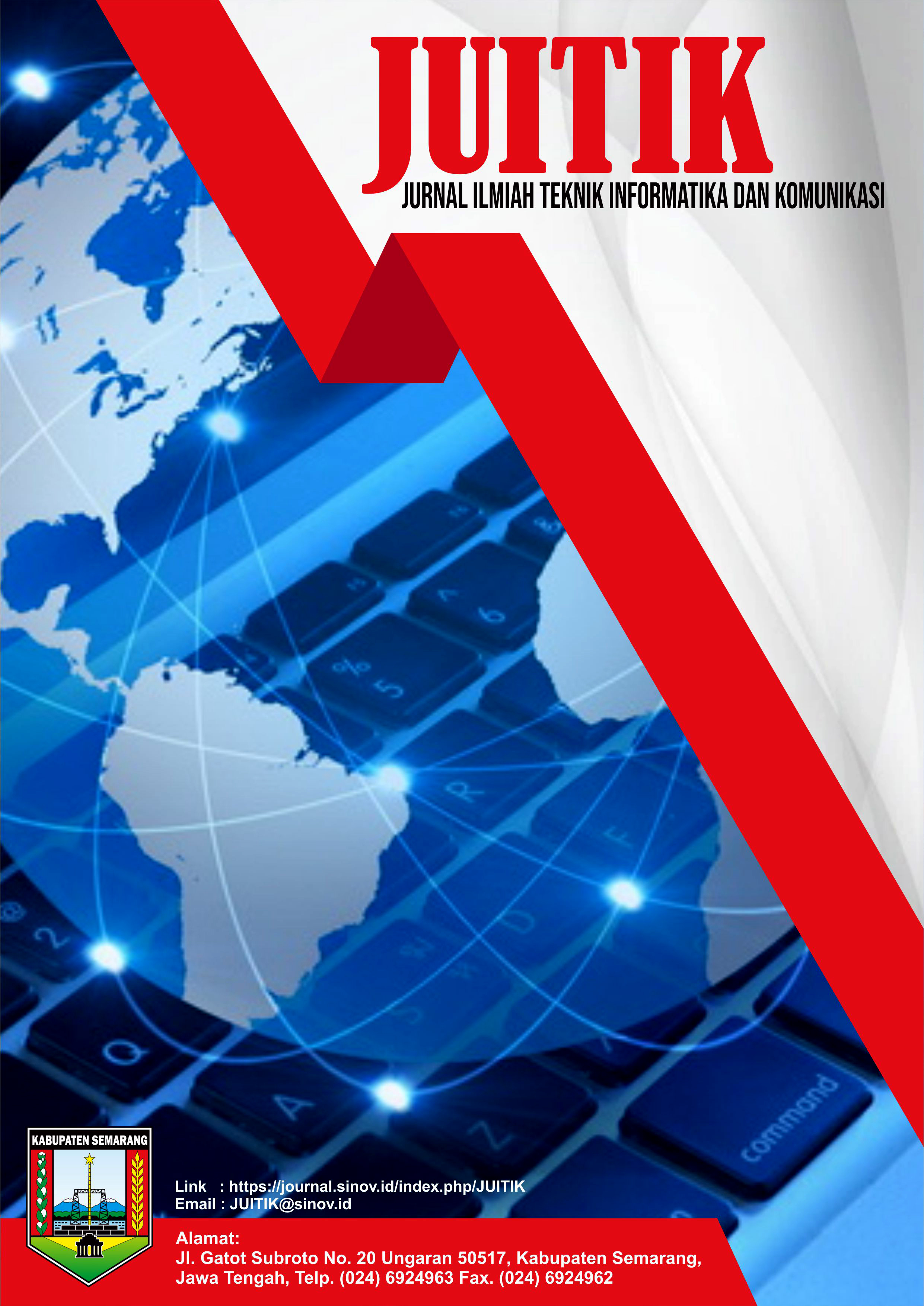Dinamika Opini Publik di Media Sosial Tiktok
Analisis Sentimen Netizen terhadap Wisuda Ala Sarjana SMK Citra Bangsa Mandiri Purwokerto pada @republikajogja
DOI:
https://doi.org/10.55606/juitik.v5i2.1156Keywords:
Algorithm, Framing, Media studies, Public opinion, TikTokAbstract
This study aims to examine the dynamics of public opinion on TikTok regarding the university-style graduation ceremony organized by SMK Citra Bangsa Mandiri Purwokerto. Employing a mixed-methods approach that integrates sentiment and framing analysis, a total of 285 user comments were analyzed through quantitative and qualitative techniques. Sentiment analysis revealed a predominance of negative comments at 89.1 percent, followed by neutral comments at 10.9 percent, with no positive sentiment identified. This distribution reflects an extreme polarization of opinion and a symbolic legitimacy crisis. The dominant frame focused on the inappropriate use of academic terminology, while the moral frame, though infrequent, achieved the highest level of engagement. The study underscores the role of emotional narratives in shaping public perception and highlights how social media algorithms amplify controversial content. These findings contribute to the development of digital media studies in Indonesia and provide practical implications for educational institutions and policymakers in addressing culturally sensitive public issues.
References
Al-Rawi, A. (2024). Metajournalistic discourse on TikTok. Emerging Media, 2(1), 134–154. https://doi.org/10.1177/27523543241244566
Amadian, H., Abidin, T. F., Riza, H., & Muchtar, K. (2024). Hybrid models for emotion classification and sentiment analysis in Indonesian language. Applied Computational Intelligence and Soft Computing, 2024(1), 1–10. https://doi.org/10.1155/2024/2826773
Apriani, A., Hadi, S., & Saputra, R. (2024). Sentiment analysis of TikTok as learning media using Naïve Bayes Classifier algorithm. Malcom: Indonesian Journal of Machine Learning and Computer Science, 4(1), 122–129. https://doi.org/10.35970/malcom.v4i1.1482
Cheng, Z., & Li, Y. (2023). Like, comment, and share on TikTok: Exploring the effect of sentiment and second-person view on the user engagement with TikTok news videos. Social Science Computer Review, 42(1), 1–17. https://doi.org/10.1177/08944393231178603
Detik. (2025, May 13). Video: Viral wisuda SMK di Purwokerto mirip universitas. Detik. https://20.detik.com/detikupdate/20250513-250513096/video-viral-wisuda-smk-di-purwokerto-mirip-universitas-ini-kata-kepsek
Duong, H.-T., & Hoang, V. T. (2023). A short survey for Vietnamese micro-text augmentation techniques. Procedia Computer Science, 218, 301–309. https://doi.org/10.1016/j.procs.2023.01.012
Entman, R. M. (1993). Framing: Toward clarification of a fractured paradigm. Journal of Communication, 43(4), 51–58. https://doi.org/10.1111/j.1460-2466.1993.tb01304.x
Kompas. (2025, May 13). Viral, video wisuda SMK di Purwokerto mirip dengan perguruan tinggi, ini penjelasan kepala sekolah. Kompas. https://regional.kompas.com/read/2025/05/13/122152878/viral-video-wisuda-smk-di-purwokerto-mirip-dengan-perguruan-tinggi-ini
Lin, C.-H., & Nuna, L. (2023). Sentiment analysis of Indonesian datasets based on a hybrid deep-learning strategy. Journal of Big Data, 10(1). https://doi.org/10.1186/s40537-023-00782-9
Majid, A., Nugraha, D., & Adhinata, F. D. (2023). Sentiment analysis on TikTok application reviews using natural language processing approach. Jurnal Edukasi dan Sains Informatika (JESSI), 9(1), 32–38. https://doi.org/10.26858/jessi.v9i1.41897
Manjula, K. (2023). Impact of social media on younger generation. MLAC Journal for Arts, Commerce and Sciences (m-JACS), 1(1), 30–38. https://doi.org/10.59415/mjacs.v1i1.3
Omar, B., & Dequan, W. (2020). Watch, share or create: The influence of personality traits and user motivation on TikTok mobile video usage. International Journal of Interactive Mobile Technologies (iJIM), 14(4), 121–137. https://doi.org/10.3991/ijim.v14i04.12429
Pang, B., & Lee, L. (2008). Opinion mining and sentiment analysis. Foundations and Trends in Information Retrieval, 2(1–2), 1–135. https://doi.org/10.1561/1500000011
Valenzuela, S., Piña, M., & Ramírez, J. (2017). Behavioral effects of framing on social media users: How conflict, economic, human interest, and morality frames drive news sharing. Journal of Communication, 67(5), 803–826. https://doi.org/10.1111/jcom.12325
Van Horne, S. (2023, October 30). Recommendations for using social media for effective dissemination of education research. Institute of Education Sciences. https://ies.ed.gov/learn/blog/recommendations-using-social-media-effective-dissemination-education-research
Zhang, L., Wang, S., & Liu, B. (2018). Deep learning for sentiment analysis: A survey. Wiley Interdisciplinary Reviews: Data Mining and Knowledge Discovery, 8(4). https://doi.org/10.1002/widm.1253
Downloads
Published
How to Cite
Issue
Section
License
Copyright (c) 2025 Jurnal Ilmiah Teknik Informatika dan Komunikasi

This work is licensed under a Creative Commons Attribution-ShareAlike 4.0 International License.










